Care & Use of Your Device
Welcome to Fourroux Prosthetics
This page is meant to help answer questions, and to help you review some of the important information you received while at our facility.
Fourroux believes strongly in building relationships for life. Therefore, we will schedule three follow-up visits starting at two weeks, then one month and three months after your prosthetic delivery, just to check your progress. This allows us to better serve you, and our future patients.
At Fourroux, we understand the everyday challenges that you face. Helping you achieve your freedom and independence is why we are here. Should you have questions, please do not hesitate to give us a call. We are here to assist you.
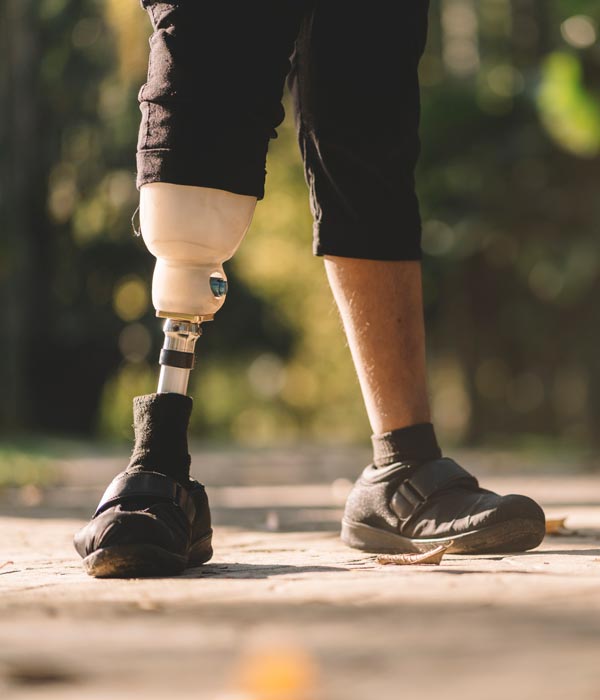
Fourroux Offers an Extra Level of Support
Fourroux’s business extends beyond that of providing a device to those we serve. We know that every amputee is at their own individual level in life, and that every patient requires a different level of support. Fourroux offers support to you in many different areas, and in many different ways including:
- Prosthetics education
- Goal setting
- Emotional and mental support
- Physical support
- Education for friends and family
- Peer to peer support
- Industry awareness
- Personal matters
- Life challenges
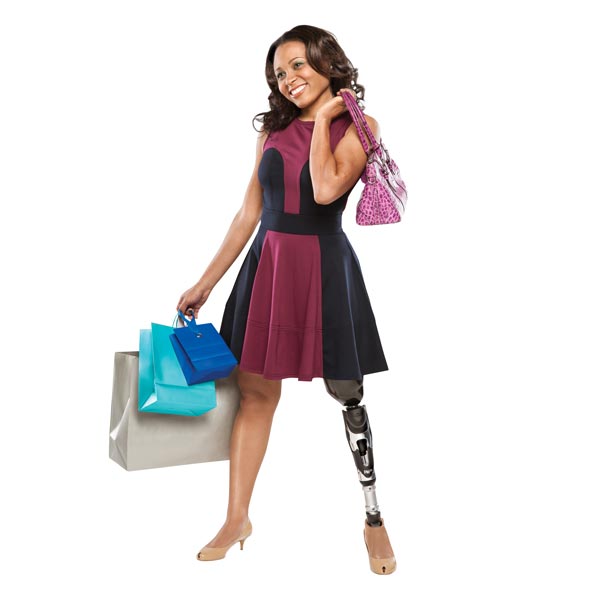
Socket Basics
Your socket is the part of your prosthesis that joins the artificial components to your residual limb. The socket is custom made to fit the anatomy of your limb and secure your prosthesis safely and comfortably.
Fourroux Prosthetics fabricates sockets using layers of carbon fiber and resin with a flexible insert, a gel liner that makes direct contact with your skin, socks, and padding. As your body changes, so too does the fit of your socket. Learning to accommodate for these changes properly will help you maintain the correct fit and function of your prosthesis.
Shape of Your Socket
At Fourroux, we use the latest technology to create a socket that matches the shape of your limb. A correctly fitted socket helps minimize unwanted movement while you walk and distributes weight appropriately to provide increased comfort and functionality.
As time passes, your residual limb will change shape and size. This is normal, but it means that there will be changes in the fit of even the best made sockets. When your residual limb shrinks, it’s called losing volume.
You lose volume because of:
- Changes in your diet
- Muscle loss or atrophy
- Surgical revision
- Miscellaneous factors

Caring for Your Residual Limb and Prosthesis
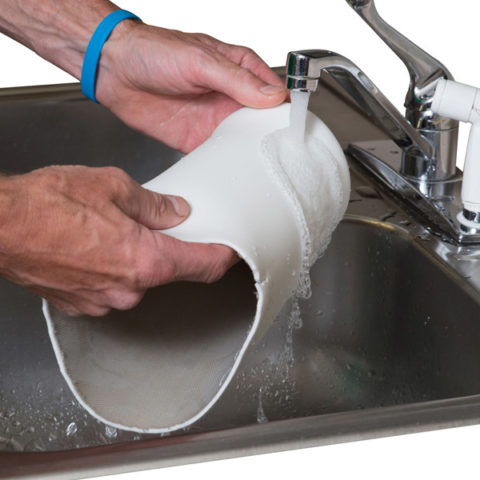
Liner Wear and Care
Liner care is extremely important to protect your residual limb and to prolong the life of your liner. Your liner should be washed after every use. Remove your liner, turn it inside out and hand wash with a mild soap (fragrance and dye free). Rinse the liner thoroughly to remove soap residue and to prevent skin irritation. Pat dry your liner with a towel and store it right side out. Storing your liner inside out may lead to breakdown of the attachment point at the end of your liner. Check your liner for breakdown after you wash it. Contact your prosthetist if you see any signs of breakdown or damage.
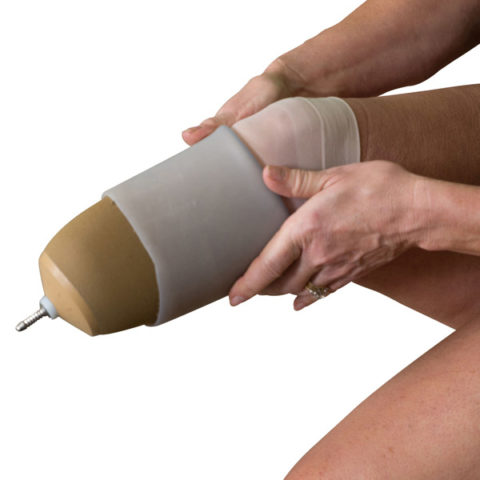
Donning Your Liner
When putting your liner on, turn the liner inside out and hold it as shown in the photos on the right. Expose as much of the distal end of the liner as possible to prevent air from getting trapped in the liner. Roll the liner up your limb and ensure that you do not have any wrinkles in the material. Be careful not to puncture your liner with the pin. Do not wear anything under your liner against your skin unless told otherwise by your prosthetist. Do not cut your liner. Contact your prosthetist if your liner needs to be trimmed.
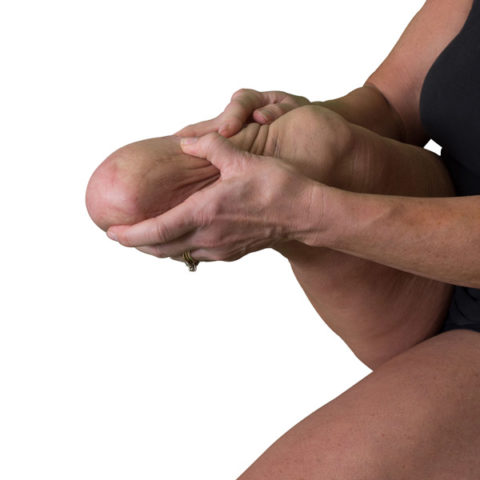
Residual Limb Care
You should also care for your residual limb like your liner. Wash your limb daily with a mild soap. Do not shave your residual limb as it may cause ingrown hairs. Do not use any alcohol-based products on your residual limb as they may dry out your skin. Do not apply lotion to your residual limb immediately prior to donning your liner unless told otherwise by your prosthetist. Check your skin for redness, callusing, blisters, or discoloration immediately after removing your prosthesis. Redness should dissipate within 15 minutes of removing your prosthesis. Contact your prosthetist immediately if you notice any issues.
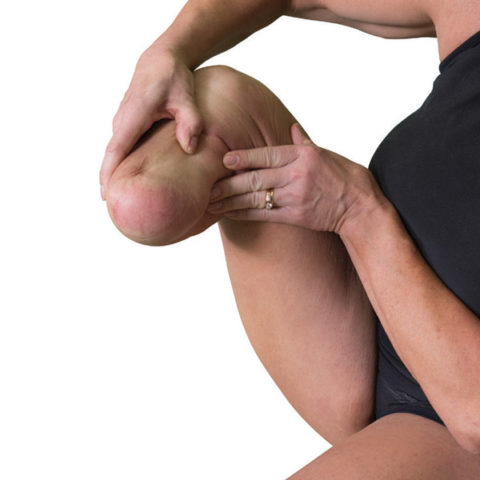
Shrinker Wear
Continue to wear your shrinker that was provided by your prosthetist. Your shrinker should be worn when you are not wearing the prosthesis unless told otherwise by your prosthetist. Hand wash regularly and air dry.
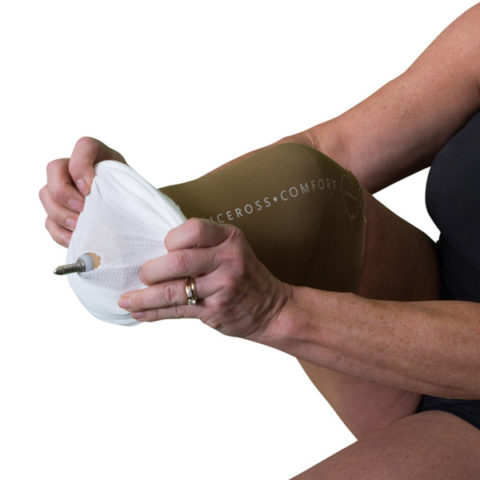
Volume Management
You have been provided single ply socks and multiply socks. Socks will aid in taking up lost volume throughout the day to ensure an appropriate fit. You may have trouble putting your prosthesis first thing in the morning. You may remove the flexible insert in the morning if you are having trouble donning. Place the flexible insert back in the socket once your socket has loosened up. Add a sock if your prosthesis feels loose to prevent bottoming out in the socket. If locking, make sure your pin is exposed before you lock into the socket. A sock over the pin will cause the lock to jam and get stuck on your limb.
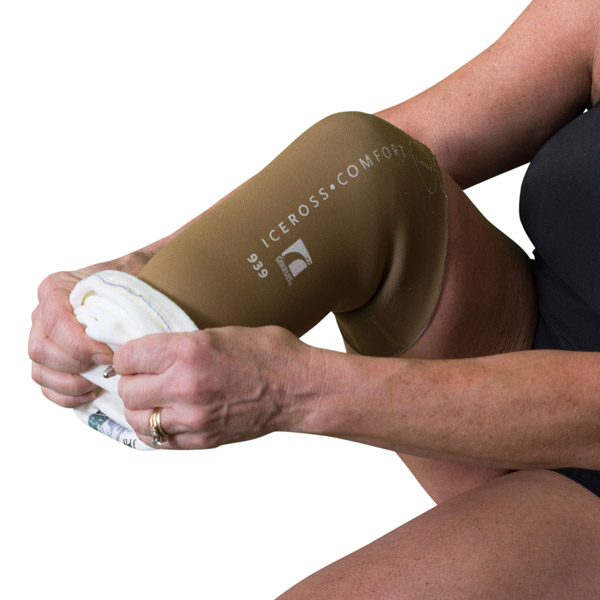
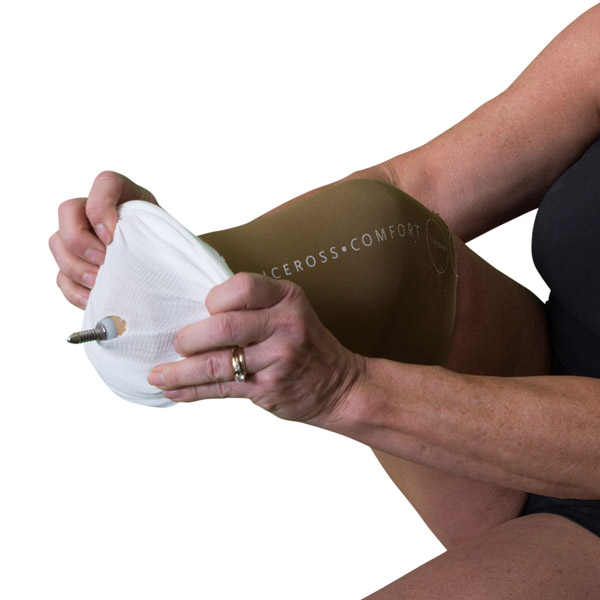
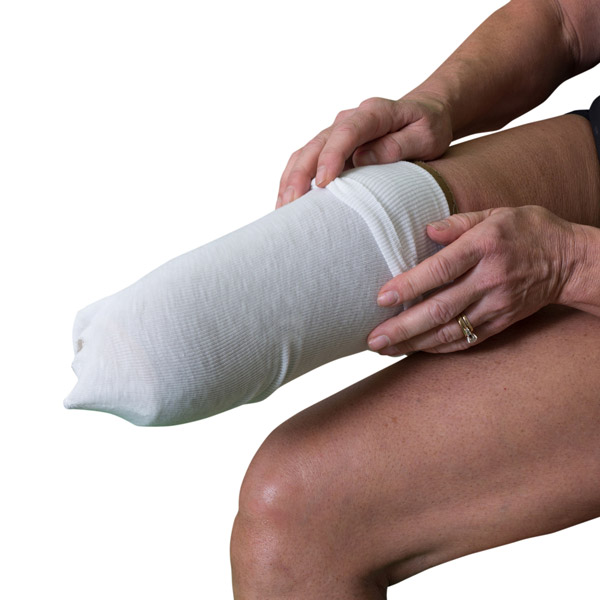
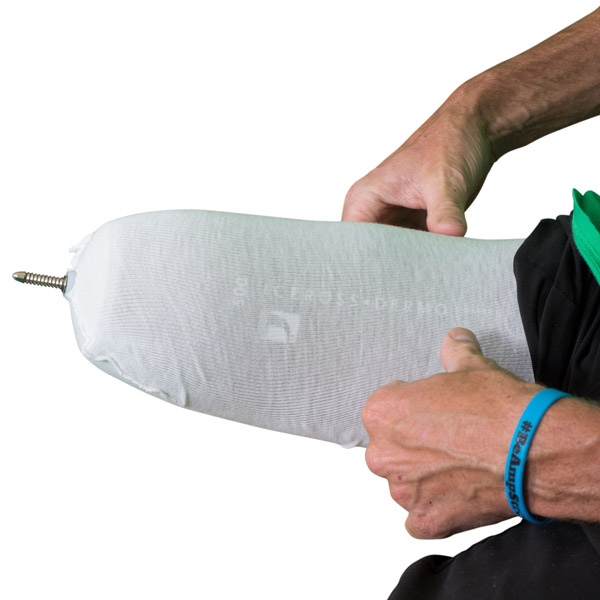
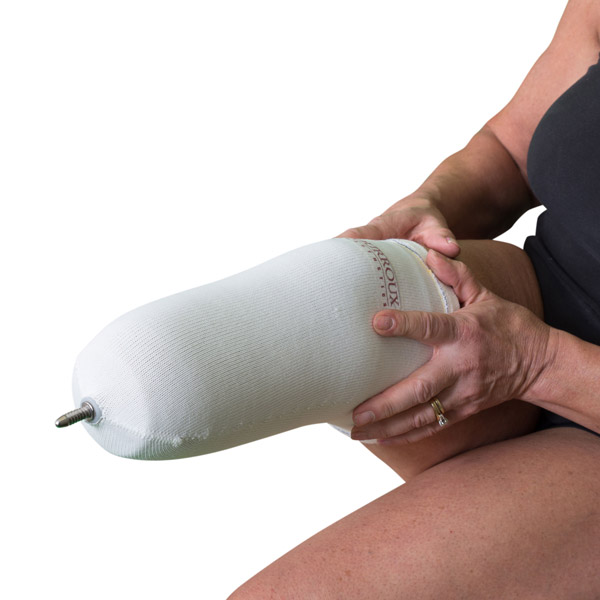
Skin Irritation Issues
Skin irritation on your residual limb is a common occurrence. We will help you to identify some top causes and tell you how you can manage them.
First a word on allergies. If you experience irritation, it is probably NOT due to an allergic reaction. Less than .01% of people are allergic to the materials used in their liners. Friction is another cause of irritation. If you are new to wearing your liner, you may notice some discomfort or irritation along the trim line. New liners are tacky to the touch and may pull at the skin in this area. Use a lubricant like A&D Ointment or Vaseline lightly on your residual limb to reduce these shearing forces. This allows the top edge of the liner to slide along your skin, rather than tug at it.
Perspiration
You’ll also need to keep an eye on perspiration inside your liner. Sweating within your liner is normal, especially if you are a new or very active amputee. Sweat can cause skin abrasions, heat rash, liner slippage, and may even cause your limb to come out of your prosthesis. Fortunately, it’s easy to control. When you start to sweat in your liner, stop what you are doing and take the liner off. Use a towel to dry your limb. Wipe down the inside surface of your liner while it is inverted. When you are done, roll the liner on again, and put your prosthesis back on.
Pistoning
When your prosthesis is not fitting correctly your limb can move inside the socket too much. This movement causes your skin to be pulled and damaged. As you put bear weight on your prosthesis, your limb drives it into the socket over and over, leading to pain and injury. This is referred to as “pistoning” and can be caused by air trapped within your liner, volume loss, or a poorly fitting socket. Always roll your liner on correctly to keep unwanted air out and apply socks to correct volume loss.
“Life doesn’t stop just because you’re an amputee and you lose a limb.”
— Mia, Above Knee Amputee
